Morelia Michoacan Mexico
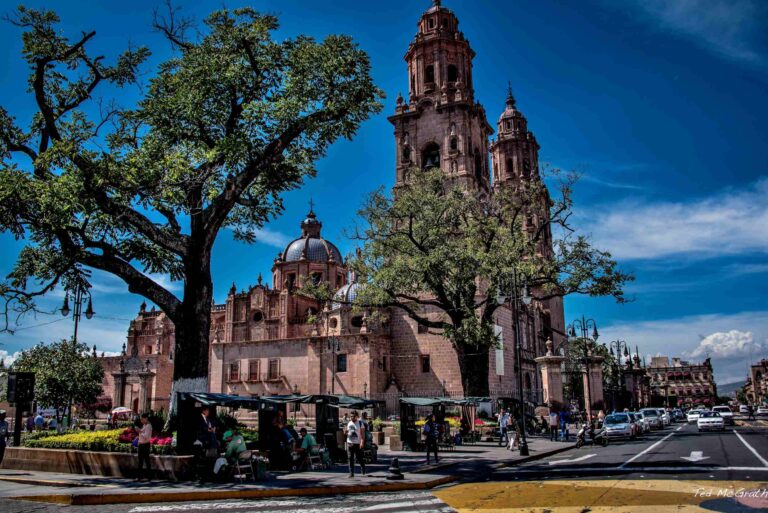
Morelia is in Michoacan, Mexico. The city is between the Chiquito and Grande rivers on the Central Plateau. It became a UNESCO World Heritage Site in 1991.
Go to the hamburger menu. Tap Home » Landmarks » North American for better navigation. Alternatively, keep following posts or searching instead!

Morelia is in Michoacan, Mexico. The city is between the Chiquito and Grande rivers on the Central Plateau. It became a UNESCO World Heritage Site in 1991.
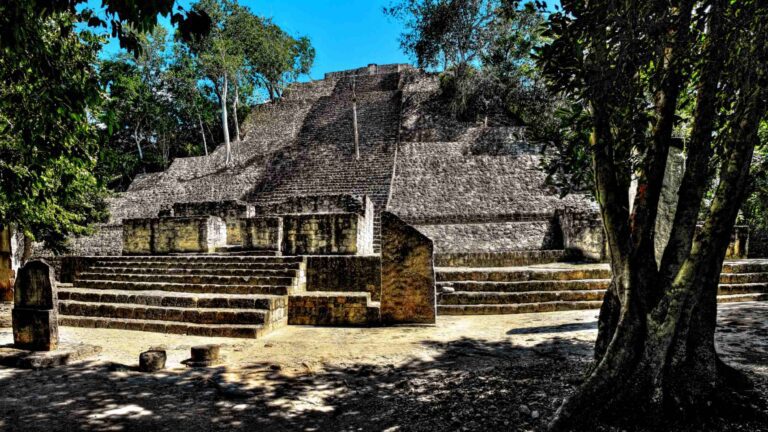
The ancient Maya city of Calakmul and the surrounding protected tropical forests are located in the state of Campeche, Mexico. Calakmul ruins are renowned for their historical significance as a major Maya city and their ecological importance as a protected forest area. Calakmul was one of the most powerful and significant ancient Maya cities during the Classic period. It was a major center of political, economic, and religious activity within the Maya civilization. The city is known for its impressive architectural structures, including temples, pyramids, palaces, and ball courts. One of the most notable features of Calakmul is its monumental architecture, particularly Structure II, which is one of the tallest pyramids in the Maya world. The Calakmul Biosphere Reserve, which surrounds the ancient city, is one of the largest protected tropical forest areas in Mexico. The reserve is home to diverse flora and fauna, including various species of mammals, birds, reptiles, and plants. It’s considered a critical habitat for biodiversity in the region and plays a crucial role in maintaining the health of the ecosystem.
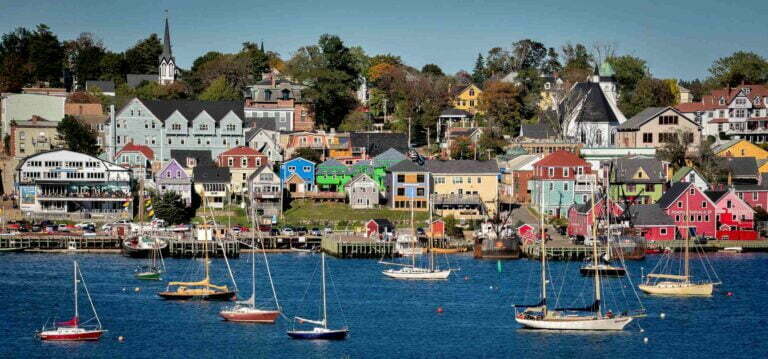
Lunenburg is a town in Canada’s province of Nova Scotia, on the south shore of the province. Old Town Lunenburg was named a UNESCO World Heritage Site in 1995.

Chichen Itza is a renowned archaeological site located on the Yucatan Peninsula of Mexico. It represents one of the most iconic and well-preserved pre-Hispanic cities of the Maya civilization, featuring a blend of Maya and Toltec styles. One of its most iconic structures is El Castillo, also known as the Pyramid of Kukulkan. This pyramid showcases advanced astronomical and mathematical knowledge, with its design aligning with the equinoxes to create a serpent-like shadow descending the pyramid’s steps. The city is home to the Sacred Cenote, a natural sinkhole believed to have held religious significance. It was used for ceremonial purposes, including offerings of valuable objects, jewelry, and even human sacrifices. Explorations of the cenote have revealed a trove of archaeological artifacts. Chichen Itza’s observatory, known as the Caracol, demonstrates the Maya’s advanced understanding of astronomy. The city’s architecture also incorporates precise mathematical and calendrical calculations, evident in the layout of buildings and structures. Here’s a summary of Chichen Itza’s historical and cultural significance:

Monarch Butterfly Biosphere Reserve lies within rugged forested mountains about 100 km northwest of Mexico City, a UNESCO World Heritage Site from 2008 onward for monarch butterfly migration.
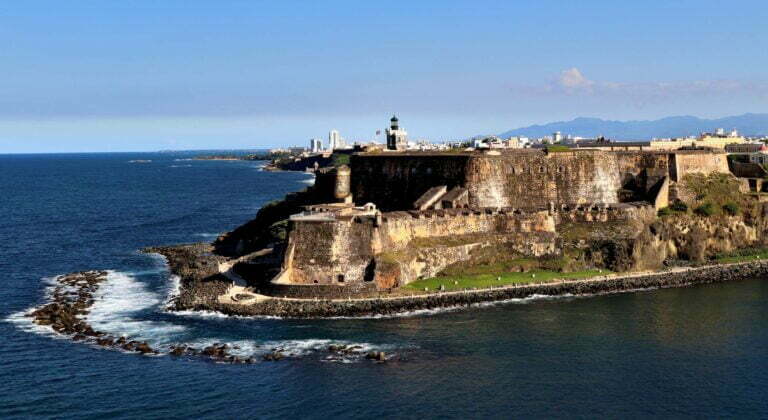
La Fortaleza and San Juan National Historic Site in Puerto Rico, USA, were designated as UNESCO World Heritage Sites in 1983.

Head Smashed in Buffalo Jump was a UNESCO World Heritage Site from 1981, where the Rocky Mountain foothills meet the Great Plains in southern Alberta, Canada.

Papahanaumokuakea Marine National Monument in Honolulu, USA, has been a UNESCO World Heritage Site since 2010. It's 250 km from Hawaii's main islands.

Poverty Point State Historic Site, located in northeastern Louisiana, holds a unique place in American archaeology. This prehistoric earthwork was constructed by the ancient culture, which extended its influence across the Southeastern Woodlands of the Southern United States and covered a vast territory, spanning 100 miles across the Mississippi Delta and south to the Gulf Coast. The centerpiece of Poverty Point comprises a series of earthen ridges, mounds, and a central plaza, forming a unique geometric design that became apparent through aerial photographs. The six concentric C-shaped ridges, separated by swales, are distinct from Poverty Point. Although the ridges' height and width have been affected by centuries of plowing, archaeologists believe they were once taller and more massive. Radiocarbon dating suggests the ridges were constructed between 1600 and 1300 BCE. The central plaza, encompassed by the innermost ridge, has been significantly modified, with evidence of wooden posts hinting at their integral role in the site. Here's a brief overview of Poverty Point:

Glacier Bay National Park and Preserve on the Gulf of Alaska, a huge natural region in southeastern Alaska, was a UNESCO World Heritage Site from 1992.
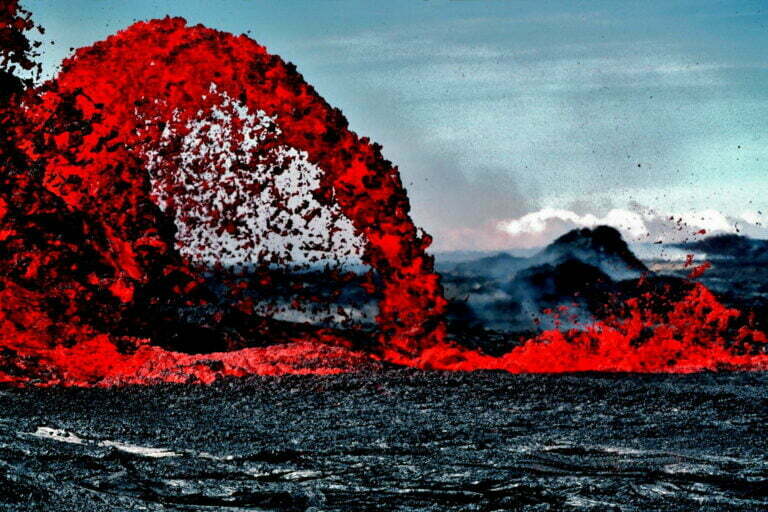
Hawaii Volcanoes National Park is an area along the southeastern shore of the island of Hawaii, U.S., a UNESCO World Heritage Site since 1987.
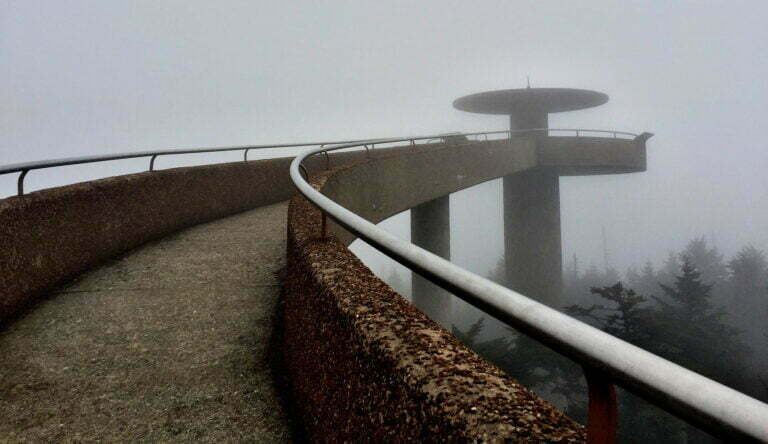
The Great Smoky Mountains, or Tennessee Mountains or Smoky Mountains, in eastern Tennessee and western North Carolina, U.S., were a UNESCO World Heritage Site from 1983 onwards.